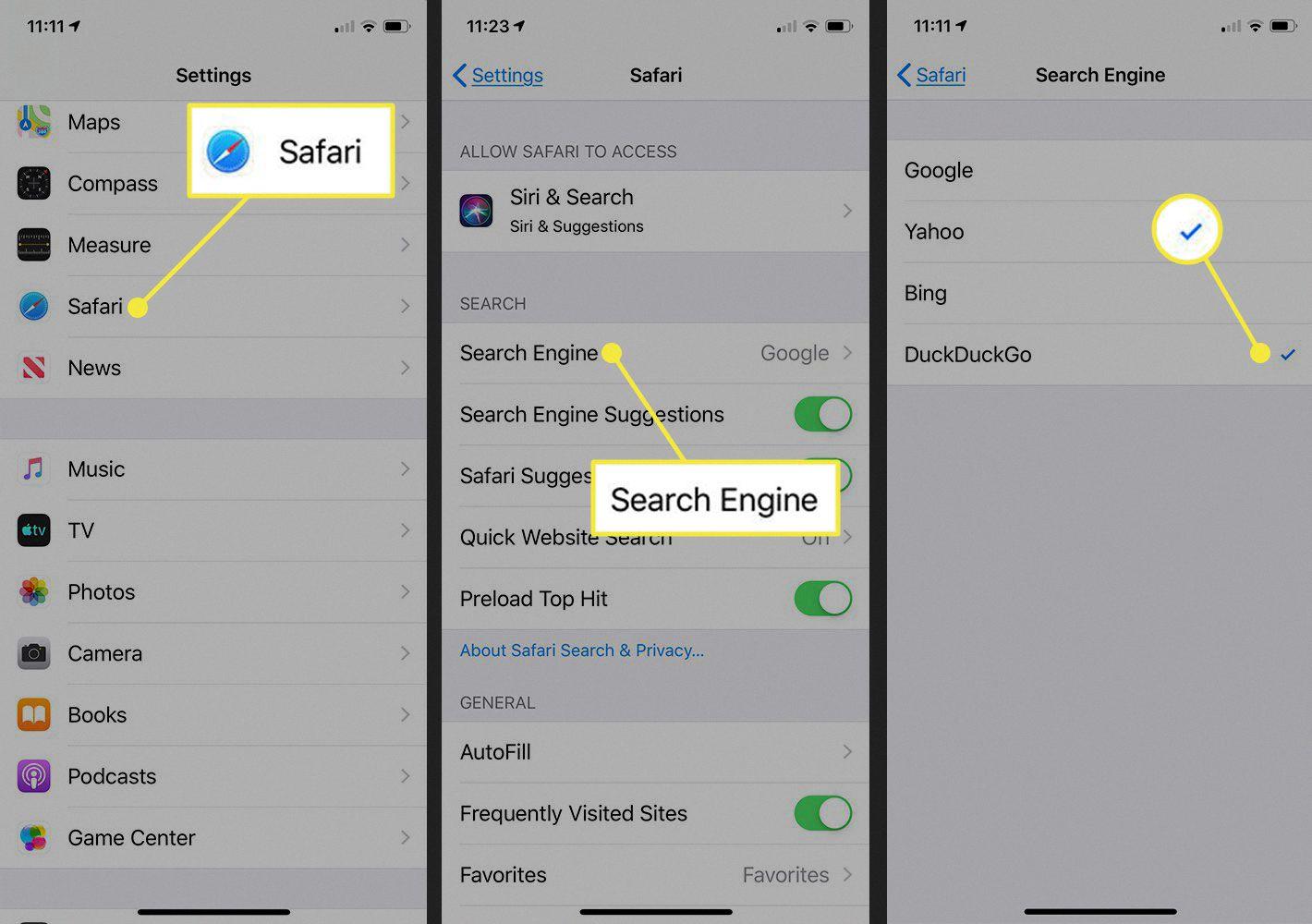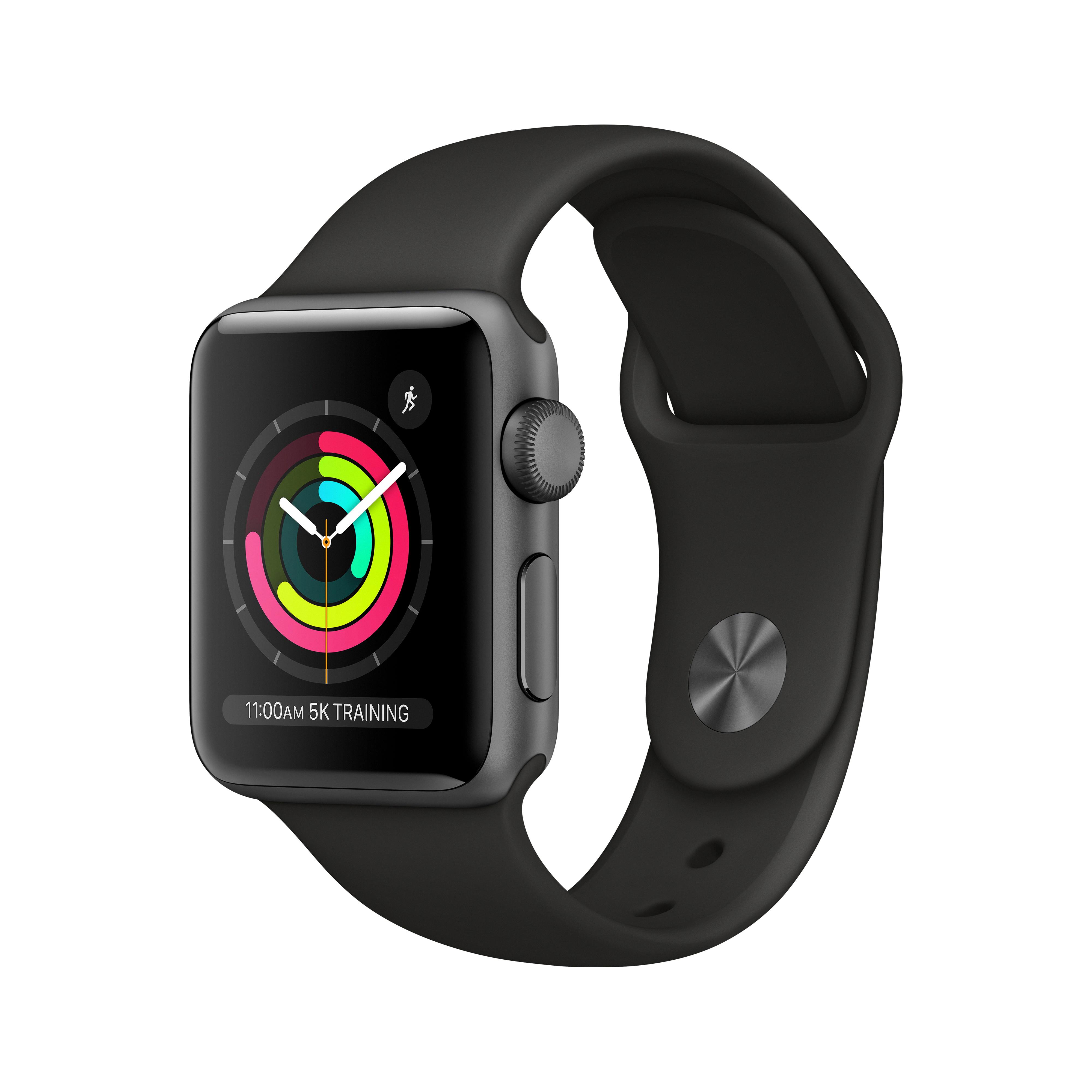Are you having trouble with Yahoo Search taking over your Safari browser? If so, you’re not alone. Many Mac users have reported being redirected to Yahoo Search when they try to access a website or use their search bar. This issue is usually caused by a browser hijacker virus that redirects the user to Yahoo Search instead of the desired website. Fortunately, there are steps you can take to remove the Yahoo Search from your Safari browser and get back to browsing as usual.
First, reset your default search engine in Safari. To do this, open the Safari menu and select Preferences. Then, click on the Search tab and choose a new search engine from the drop-down list. Once you’ve done this, click Apply and close the window.
Next, delete any suspicious extensions from your browser. To do this, open the Safari menu again and select Extensions—you’ll be able to see all of the extensions currently installed on your computer. Carefully go through each extension and delete any that look suspicious or unfamiliar to you.
Finally, clear your browser data in order to get rid of any remaining traces of the virus. To do this, open Safari’s Develop menu (you may need to enable it first by going into Preferences > Advanced). Then click Empty Caches—this will delete all of your cached data and help get rid of any remaining traces of malware or viruses on your computer.
If these steps don’t solve your problem with Yahoo Search hijacking your Safari browser, it may be time to invest in a reliable antivirus program such as TotalAV which can detect and remove any viruses from your Mac quickly and easily. With its help, you can get rid of Yahoo redirect virus in a web browser on Mac quickly and safely so you can get back to normal browsing without interruption!

Stopping Yahoo From Hijacking Browser in Safari
To stop Yahoo from hijacking your browser in Safari, you’ll need to take a few steps:
1. Reset the default search engine: Open Safari, click on the search engine icon located at the top right of your browser window, then select Preferences. Select the Search tab and choose the search engine you want to use as your default.
2. Delete suspicious extensions: Click on Safari’s menu bar and select Preferences. Select Extensions and look for any unfamiliar extensions that could be responsible for hijacking your browser. If any are found, select them and click Uninstall to delete them from your system.
3. Clear your browser data: Go to the History section of Safari’s Preferences and click Clear History. This will clear all of the browsing data stored by Safari, which could help stop Yahoo from hijacking your browser.
4. Install a reliable antivirus: If the issue persists even after you’ve taken these steps, it’s recommended to get a reliable antivirus such as TotalAV and scan your Mac for any viruses or malicious software that could be causing this issue. With its help, you can remove any potential threats from your system and prevent further hijacking attempts.
Stopping Safari Redirects to Yahoo
To stop Safari from redirecting to Yahoo, you’ll need to open the Safari browser and select Preferences in the drop-down menu. Once the Preferences screen appears, click on the Advanced tab and enable the option saying “Show Develop menu in menu bar”. This will add a new entry called ‘Develop’ to your Safari menu. Click on this entry and then select Empty Caches. This should stop Safari from redirecting to Yahoo. It’s also a good idea to clear your browser’s cache and cookies occasionally as these can be responsible for redirects occurring.
Changing Yahoo Settings on Safari
To change your Yahoo settings on Safari, open Safari and go to the ‘Settings’ menu. Then click ‘Search’ and choose the ‘Yahoo’ option from the drop-down list. This will set Yahoo as your default search engine in Safari. You can also customize your Yahoo settings by clicking ‘Options’, where you can adjust settings such as language, location, and whether or not you’d like images to be included in your search results.

Source: lifewire.com
Preventing Safari from Automatically Redirecting
If you’re using Safari and find that you’re automatically being redirected to a website that you didn’t choose, there are a few steps you can take to stop this from happening.
First, open your Safari browser and click on the Safari tab in the top menu bar. From here, select Preferences and then select the Security tab. Make sure the box next to “Warn when visiting a fraudulent website” is checked. Additionally, make sure the box next to “Block pop-up windows” is also checked. This will help prevent unwanted redirects from occurring.
You can also use an extension or add-on in your browser to help block unwanted redirects. The Adblock Plus extension for Safari is one such example; it blocks ads and other automatic redirects from occurring when you visit certain websites. To install Adblock Plus, open the App Store and search for “Adblock Plus”, then follow the instructions given to download and install it onto your browser.
Finally, if none of these methods work for you, consider resetting your browser’s settings entirely. You can do this by opening Safari and clicking on Safari again in the top menu bar, then selecting Reset Safari… This will reset all of your settings back to their original defaults so any automatic redirects should be stopped as well.
By following these steps, you should be able to stop automatic redirects in Safari without any issues!
Removing Redirects in Safari
To get rid of redirects in Safari, you’ll need to disable the ‘Prevent Cross-Site Tracking’ feature. To do this, open the Settings app and scroll down to Safari. Tap on it and scroll down until you see ‘Prevent Cross-Site Tracking’. Toggle it off so that it is white. This should stop the redirects from occurring. It is worth noting that this is a known issue with Safari and can be caused by authentication services such as Google.








